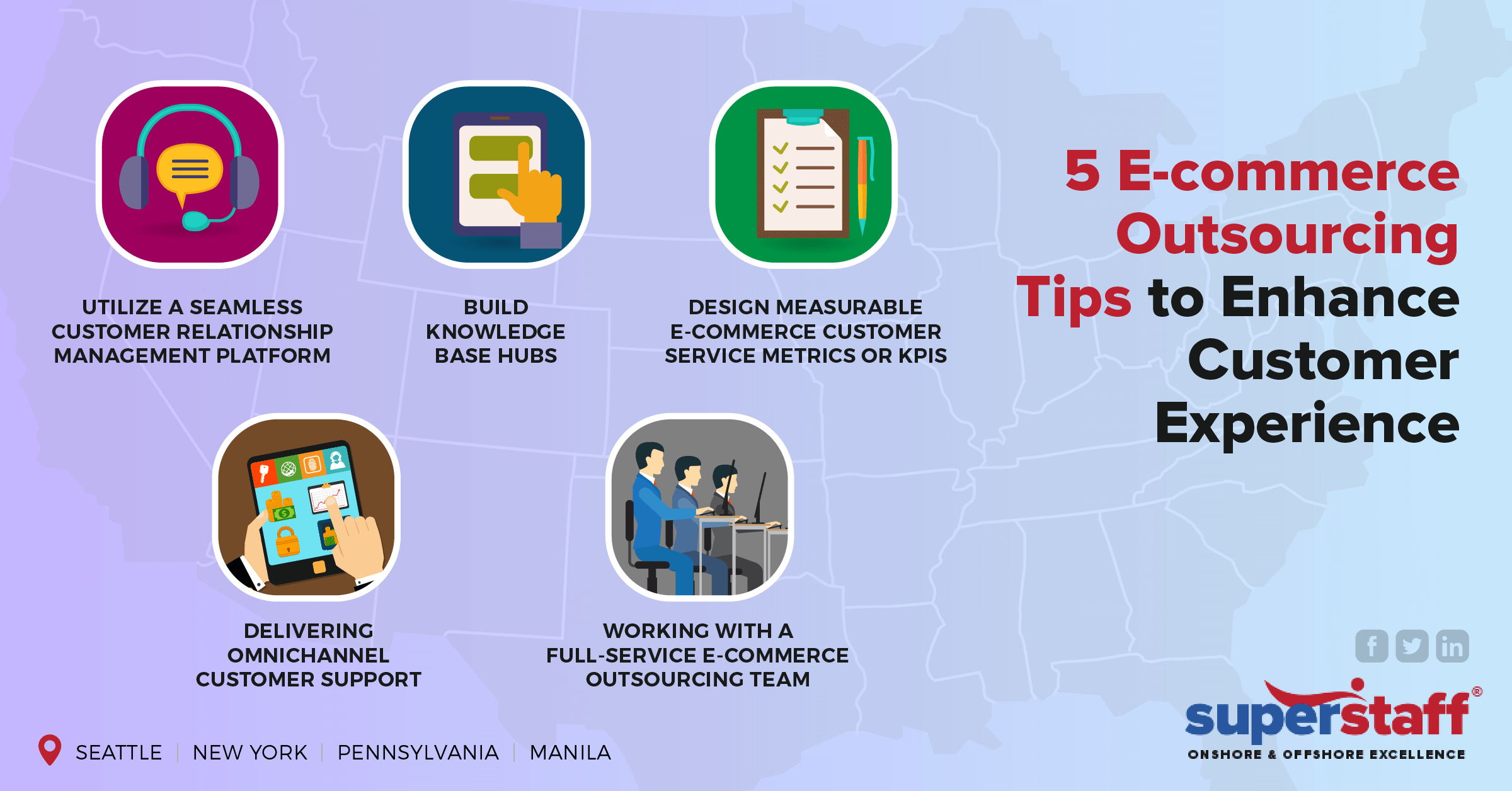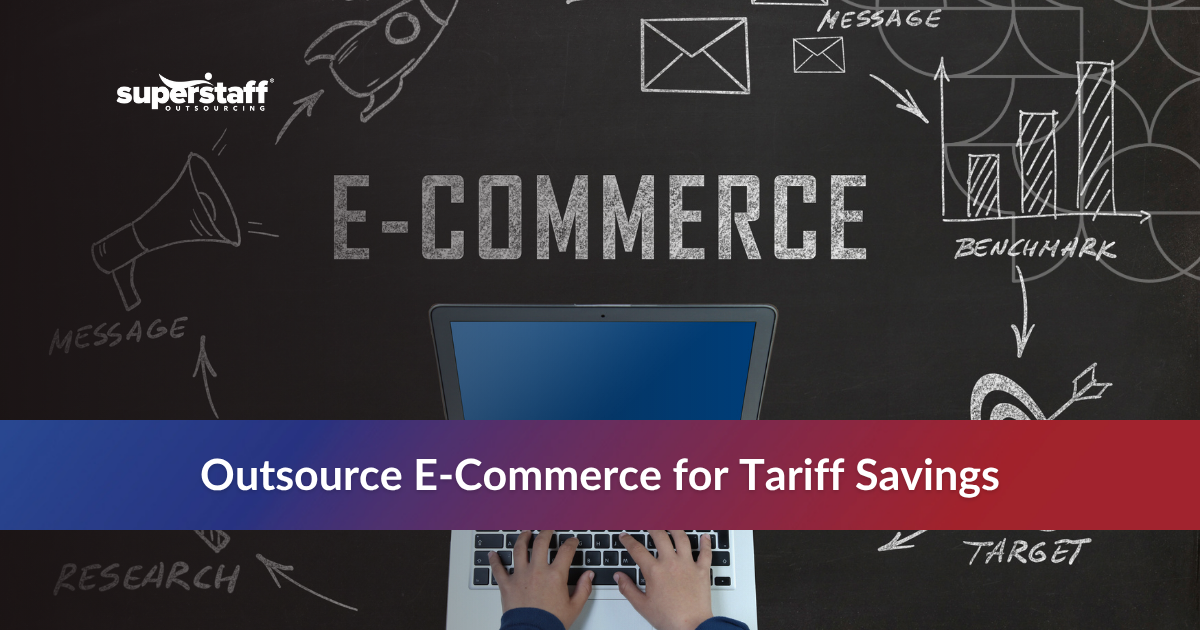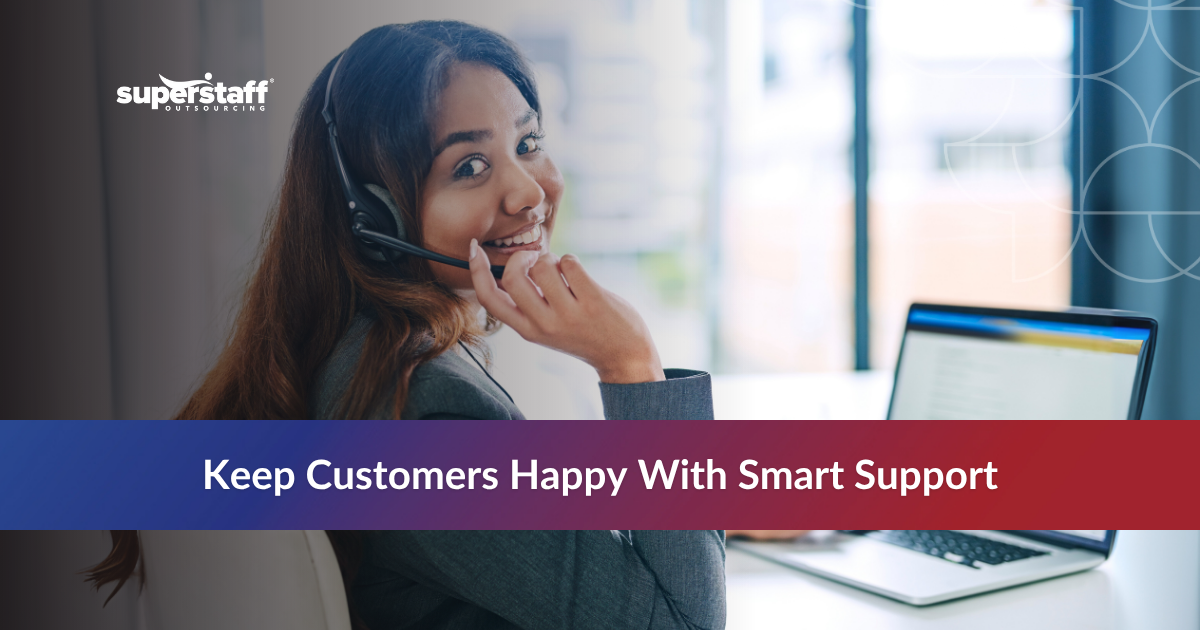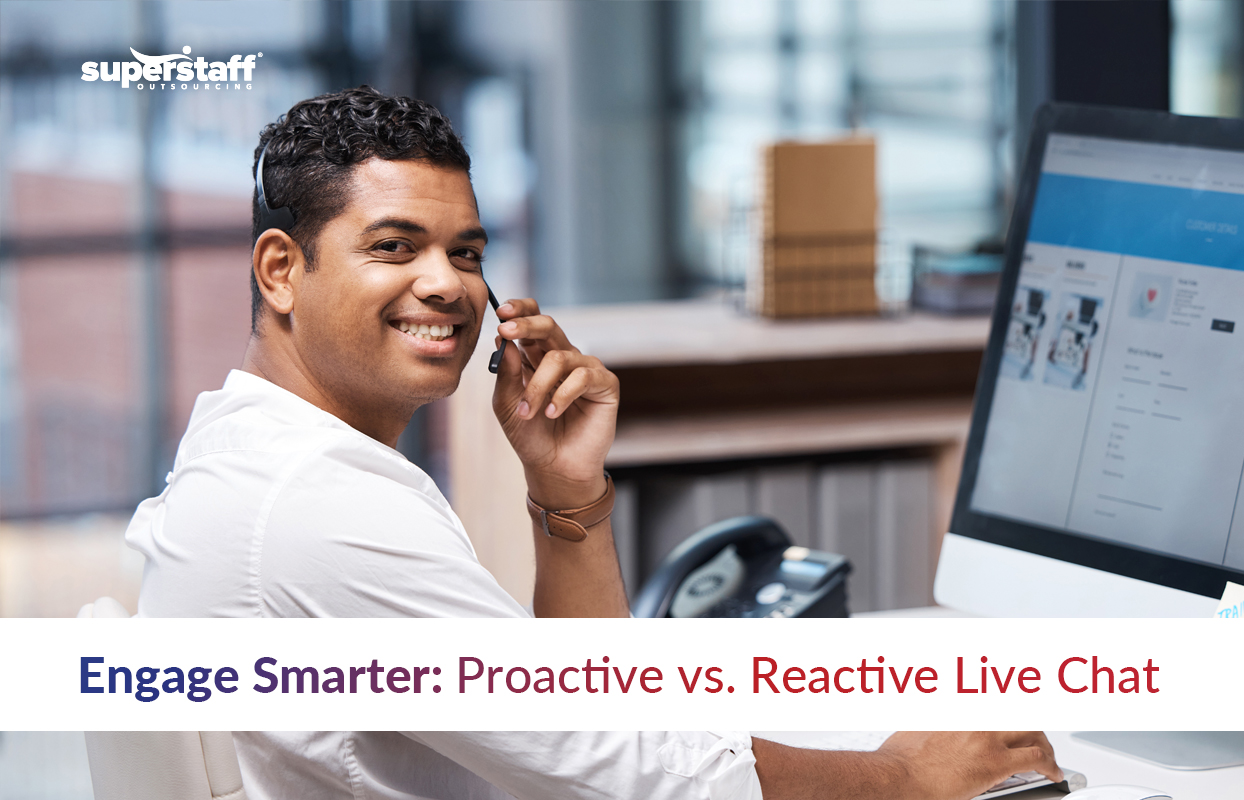
The best time to start your e-commerce business was years ago. The next best time is now, and the top strategy to choose is e-commerce outsourcing.
The global e-commerce industry continues to experience explosive growth. Case in point:
- By 2040, about 95% of global purchases will be made online
- E-commerce sales will comprise 22% of global retail revenue by 2023
- In the U.S. alone, e-commerce sales are expected to reach more than $740 billion by 2023
However, the big names in the e-commerce industry have decades ahead of you. Take a look:
The Top 3 E-commerce Companies in the World
1. Amazon
Leading the e-commerce dominance war is the Seattle-based multinational retail company. From starting out as an online shop for books, Amazon now holds the number one spot in the global e-commerce market sphere, with a revenue of $386.06 billion in 2021.
2. Jingdong
Also known as JD.com, this China-based giant posted a revenue of $82.2 billion in 2021. Jingdong prides itself on its high-tech delivery system powered by AI, drones, and more.
3. Alibaba
Who doesn’t know Jack Ma? With a revenue of $56.15, this retail brand born out of China is undeniably as popular as its founder.
How Can Small Businesses Compete? Outsource E-commerce Customer Service!
Here’s the good news: no matter how competitive the e-commerce playing field, it is leveled by customer experience. According to research, 95% of consumers decide to do business with a brand based on the quality of its customer service.
Improving your e-commerce customer service is one of the best strategies you can employ to compete with the giants of the online shopping industry. Consider e-commerce outsourcing if you don’t know where and how to begin.
What Is E-Commerce Outsourcing?
E-commerce outsourcing is the practice of hiring a third-party service provider to perform various functions involved in operating an online business. Some of the most common tasks delegated to e-commerce outsourcing companies are web development, marketing, accounting, inventory management, and customer service.
5 Best Practices for a World-Class Customer Service That E-Commerce Outsourcing Can Help You With
#1 – Utilize a Seamless Customer Relationship Management Platform
As its name suggests, customer relationship management software helps businesses forge better relationships with their customers. An efficient CRM system gives everyone in your customer service and marketing teams visibility to customer information. It also automates repetitive tasks that may frustrate clients and agents alike.
From basic customer information, such as name and contact details to buying history and behavior, CRM gives businesses valuable insights that will allow them to create a personalized and seamless customer experience, driving both retention and acquisition.
However, because of its cost and the long time it takes to record a positive ROI, many businesses are still hesitant to invest in CRM. By seeking the help of a reliable e-commerce outsourced service provider, small and medium e-commerce players can still equip their brands with CRM capabilities.
One of the significant benefits of e-commerce outsourcing is that it gives you access to modern customer service technologies offered by your e-commerce outsourcing partner.
#2 – Build Knowledge Base Hubs
Knowledge base works as a self-service hub that allows your customers to address common questions or issues without intervention from your support team. Some of the most familiar forms of knowledge base solutions are:
- Frequently Asked Questions
- Terms and Conditions
- Shipping and Privacy Policies
- Product Descriptions
- Web Portals
We live in a time when customers expect answers in a snap of a finger. This reason is why e-commerce businesses cannot afford to forgo self-service options. According to research, 53% of buyers are likely not to proceed with their online purchase if they can’t find answers to their questions right away. Additionally, based on another study, 85% of all customer service interactions until 2023 will start with self-service.
Building a knowledge base hub also benefits your in-house team by streamlining information sharing. It allows them to collaborate better and provide uniform and swift resolutions to common issues.
Tip: You’ll get more value for your investment when you tap an e-commerce outsourcing company that covers all aspects of e-commerce support to build a platform for your knowledge base hub. Working with a single reliable partner to outsource e-commerce management, web development, content writing, accounting, and more will save you precious time, money, and other valuable resources.
#3 – Design Measurable E-Commerce Customer Service Metrics or KPIs
If you can’t measure it, you can’t improve it. Designing actionable metrics and key performance indicators (KPIs) helps e-commerce players devise data-driven strategies to boost revenue and meet other business objectives.
If you are not measuring your KPIs, it’s difficult to track your progress. You might end up making uninformed business decisions that can ultimately harm your business.
You don’t necessarily have to have a KPI for all aspects of your operation. Just identify the areas that impact your overall business goals and focus on monitoring and improving those metrics. If you lack expertise in this area, it’s best to seek the help of an e-commerce outsourced service provider that includes KPI implementation in their approach.
Here are some of the most relevant KPIs for e-commerce businesses:
- Conversion Rate. Conversion rate is the percentage that reflects the number of e-commerce users who are buying on your platform. Knowing how you are faring in this metric will help you develop or adjust optimization strategies and reduce acquisition costs. To calculate the conversion rate, divide the number of people who visit your site by the total number of your sale transactions.
- Churn Rate. Traditionally used by businesses that sell subscription services, churn rate measures the number of customers a business loses over a specific period. Today, many top e-commerce participants calculate their churn rate even if they do not have nonrecurring offerings.
Understanding your churn rate allows you to gauge or rethink your retention strategies. It also helps you adjust your customer service strategy, such as employing an external e-commerce support provider, to promote long-term growth.
Depending on your line of business, calculating the churn rate can be as easy as dividing the number of customers you lost over a specified period by the number of customers you gained within the same timeline. However, for some e-commerce businesses, it is crucial first to define situations that can be considered a “churn.”
For example, based on your historical data, you have repeat business for 30 days. Customers that did not purchase within that period can be counted as churn.
- Customer Lifetime Value (CLV)
Keeping an existing customer is less expensive than getting new ones. For this reason, it is imperative to measure the Customer Lifetime Value. CLV describes the total amount of money a customer spends on your brand. Equipping yourself with a knowledge of this data will help you allocate your retention and acquisition budgets accordingly.
The simplest way to calculate the CLV is to deduct the amount spent on acquiring and serving the customer from the total revenue earned within their average lifespan.
- Return Customer Rate
The key to maintaining a competitive edge in a highly saturated e-commerce landscape is to attract repeat business. To devise an effective return purchase strategy, e-commerce entrepreneurs must know their return customer rate. This metric describes the percentage of customers who made return purchases with your brand.
Return Customer Rate can be calculated by dividing the number of repeat clients by the total number of completed transactions, then multiplying the quotient by 100. According to Facebook’s VP of Growth, if between 20-30% of your customers are buying back to your e-commerce store, you are in a good position.
- Customer Acquisition Cost (CAC)
Acquiring new customers is costly. That is why it is imperative to allocate time and resources to profitable customer acquisition strategies wisely. To achieve this, you must first start monitoring how much you are spending on your marketing efforts. This value is known as the Customer Acquisition Cost. To calculate your CAC, divide your marketing expenses by the number of customers you gained within the campaign period.
- Net Promoter Score (NPS)
Your net promoter score tells you how likely your customers are to recommend your business to someone else based on their experience with your brand. In a hyper-competitive e-commerce environment, one cannot overlook the impact of word-of-mouth marketing, which drives an average of $6 trillion annual consumer spending worldwide.
Knowing how satisfied or dissatisfied your customers are with your brand is the first step to address the pain points in their customer experience journey. Ultimately, improving your NPS will drive the success of your e-commerce business.
#4 – Delivering Omnichannel Customer Support
Thanks to modern technology, customers have more than enough ways to reach out to you for support. However, being accessible through various channels of communication is not enough to ensure an exceptional customer experience. You must be able to deliver an omnichannel customer experience, something that an innovative outsourced e-commerce customer service team can do.
Omnichannel support facilitates seamless communication between customers and agents, regardless of the platform. The process requires omnichannel software that integrates all channels and allows the sharing of information among agents.
This scenario describes how seamless omnichannel support looks like:
A prospective female customer finds out about your brand through social media. She then browses your website. A dress catches her eye, but the color she wants is not available online. She reaches out to a live e-commerce support chat agent to inquire. After checking the centralized system, the agent informed the client that the item is available in the store near her address.
Excitedly, the customer went to the said store right after the call. When the customer arrived at the place, she was happily greeted by the store assistant who immediately handed her the item she wanted for fitting. The customer happily walks out of the store with her purchase. She raved about your brand on Twitter after.
#5 – Working With a Full-Service E-Commerce Outsourcing Team
The number one reason why businesses outsource e-commerce customer service is cost. By outsourcing e-commerce management and other support solutions, you can save up to 80% on your operational and capital expenses. But if you made the right choice in picking a partner among many e-commerce outsourcing companies, you’ll get more value-adding solutions to propel your business to success.
Here Are More Reasons Why You Should Outsource E-commerce Support:
- Provide your customers access to 24/7 customer service.
- Leverage your e-commerce outsourcing partner’s technological resources to keep up with the fast-evolving trends in the industry.
- Increase focus on your key competencies by delegating repetitive tasks to your chosen outsourced e-commerce solutions provider.
- Maximize profitability by scaling services on demand.
Why Outsource E-commerce Customer Service With SuperStaff?
The e-commerce industry is crowded. SuperStaff is here to help all sizes of e-commerce businesses rise above the competition. By choosing us as your e-commerce outsourcing partner, you can equip your business with the process, technology, and other resources to compete even with the Goliaths of the industry.
To find out more about the benefits of our e-commerce outsourcing solutions and how you can take advantage of them, reach out to SuperStaff today!






